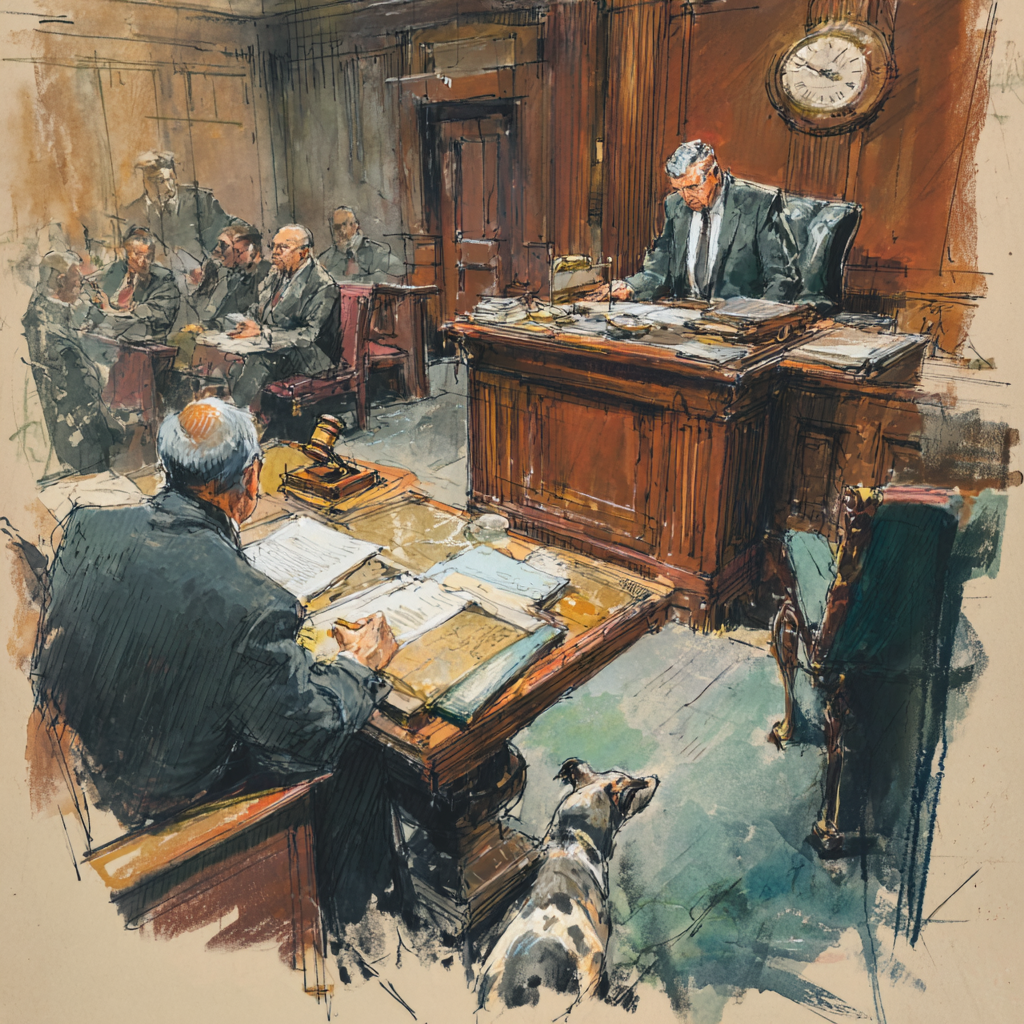Fontanetta v John Doe 1, 2010 NY Slip Op 02743 (2d Dept. 2010)
“[t]he case law is somewhat more abundant as to what is not “documentary evidence.” As this Court held in Berger v Temple Beth-El of Great Neck (303 AD2d 346, 347), affidavits are not documentary evidence (to the same effect, see Tsimerman v Janoff, 40 AD3d 242 [1st Dept], and Siegel, Practice Commentaries, McKinney’s Cons Laws of NY, Book 7B, CPLR C3211.10). In Weil, Gotshal & Manges, LLP v Fashion Boutique of Short Hills, Inc. (10 AD3d 267, 271), the Appellate Division, First Department, reversed the trial court’s dismissal [*5]pursuant to CPLR 3211(a)(1), finding that e-mails and deposition and trial testimony were not the types of documents contemplated by the Legislature when it enacted this provision.
In Frenchman v Queller, Fisher, Dienst, Serrins, Washor & Kool, LLP (24 Misc 3d 486, 495 n 2), the Supreme Court, New York County, held that affidavits and letters did not constitute documentary evidence under CPLR 3211(a)(1) so as to prove that a lawyer-client relationship had been terminated. Also, in Holman v City of New York (19 Misc 3d 600, 602), the Supreme Court, Kings County, found that medical records containing the notes of a doctor were not “documentary evidence,” as they raised issues of credibility that are for a jury to decide.
Similarly, in Webster Estate of Webster v State of New York (2003 NY Slip Op 50590[U] *5), the Court of Claims held that records maintained by the New York State and United States Departments of Transportation, which provided detailed information about the railroad crossing at issue, were not “documents” within the meaning of CPLR 3211(a)(1). The court reasoned that those records contain information in a summary form and, thus, are not “essentially undeniable.”
In sum, to be considered “documentary,” evidence must be unambiguous and of undisputed authenticity (see Siegel, Practice Commentaries, McKinney’s Cons Laws of NY, Book 7B, CPLR C3211:10, at 21-22).
It must be pointed out that some of the confusion as to what constitutes documentary evidence pursuant to CPLR 3211(a)(1) stems from the fact that various courts appear to refer to any printed materials as “documentary evidence,” particularly in cases not involving CPLR 3211(a)(1). For example, in Gray v South Colonie Cent. School Dist. (64 AD3d 1125), the Appellate Division, Third Department, referred to deposition testimony as “documentary evidence” in discussing a motion for summary judgment. In addressing a motion to change venue in Garced v Clinton Arms Assoc. (58 AD3d 506, 509), the Appellate Division, First Department, referred to affidavits as “documentary evidence.” However, it is clear that affidavits and deposition testimony are not “documentary evidence” within the intendment of a CPLR 3211(a)(1) motion to dismiss.
* * * * *
The essence of the defendants’ contentions, both in their briefs and at oral argument, is the following: first, that their (alleged) “documentary evidence,” i.e., the defendants’ printed materials, demonstrates that a peer review process (as defined by the HCQIA) took place; second, a review of the complaint shows that the claims are all based on the allegedly wrongful termination of the hospital privileges of the individual plaintiff for not providing quality medical care; and, third, under the HCQIA, the defendants have a presumption of immunity for claims resulting from their participation in a peer review process. They maintain that this established the necessary prerequisites for the presumption to apply, and the burden has, therefore, shifted to the plaintiff to demonstrate why the complaint should not be dismissed or, at least, to show the existence of a factual question on that issue. The defendants argue that the plaintiff did not make that showing. Thus, based on the printed materials the defendants submitted, they were entitled to dismissal of the complaint.
We reject the defendants’ position. Their printed materials (with the above-noted possible exception of the clearly insufficient attendance reports) can best be characterized as letters, summaries, opinions, and/or conclusions of the defendants and/or the Hospital’s agents and employees. They clearly do not reflect an out-of-court transaction and are not “essentially undeniable” (see Siegel, Practice Commentaries, McKinney’s Cons Law of NY, Book 7B, CPLR C3211:10 at 22). Thus, they are not “documentary evidence” within the intendment of CPLR 3211(a)(1).
Since the defendants’ printed materials were not “documentary evidence” and they made this motion exclusively under CPLR 3211(a)(1), their submissions were insufficient as a matter of law to grant their motion. In light of that determination, we need not address the parties’ remaining contentions.”
The latest trend out there is to make pre-answer motions based upon EUO and IME no-show defenses. I was always skeptical about these motions, since I always thought they had to be made as summary judgment motions. It looks as though the Appellate Division has confirmed my skepticism.









